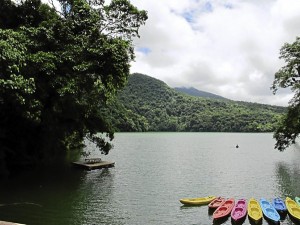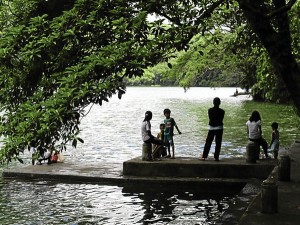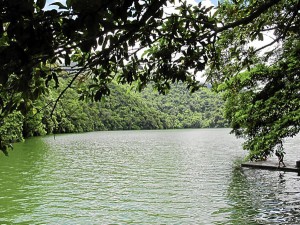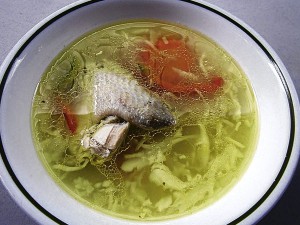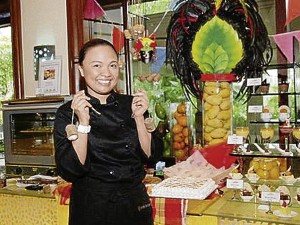For 50 years a priest
By Fr. EMETERIO BARCELON, SJ
MANILA, Philippines — Senator Wagner of the US Senate recounted that when as a boy he rang the church bells in his town in Germany and his grandfather assured him that he would never be able to do anything as important as calling people to worship God.
But an even greater privilege is that of a priest, however unworthy, when he calls God to take the form of bread and wine. Out of love for us God took the form of a human being. Out of love for us He comes to the Blessed Sacrament in the form of bread and wine at the call of a priest.
All of this is to make it easier for us to adore and love Him. As Sen. Wagner called people to church, the priest has even a greater privilege to call on God to come and stay with us.
Fifty years ago, 15 members of the Philippine Jesuit province were ordained in four different places. By the grace of God, six of the 15 are still around. Three of us are here in Cagayan de Oro (Bill Klintworth, Jim O'Donnell, and myself); two are in Manila (Simeon Reyes and Tom Steinbugler); one in New York (Joe O'Hare).
Death took two of our group just last year (Bishop Cisco Claver and T. Patrick Lynch). A century ago there were less than a dozen Filipino Jesuit priests. Now there are now about 200. The Lord has been good and great has been His mercy.
When my father told my grandfather that I wanted to be a priest, he told my father to tell me never to go to his house again. But when I went to see him, he was glad to see me. I brought Fr. Hamilton from PGH to visit him.
Although my grandfather hardly knew English and Fr. Hamilton spoke no Spanish they got along famously so that when he was dying at 94 he asked to see Fr. Hamilton. God's ways are mysterious. Thank the Lord that prejudice against the priesthood is now gone.
My grandfather, although he never went to church, prayed every day for an hour just before midnight in front of a picture of Our Lady of del Pilar. My other grandfather, who was Chinese, was also greatly devoted to Our Lady. He made a pilgrimage with his whole family every month of May to the shrine of Our Lady of Peace and Good Voyage, pushing up the Pasig River to Angono and from there hiking up the hills of Antipolo.
Devotion to Mary has been a Filipino tradition and she has interceded for us through many dangers and fostered the present vocations. “Pueblo amante de Maria (a nation lover of Mary)” is what my father called this nation in the hymn for the 33rd International Eucharistic Congress in 1937.
We ask you to join us in thanking God for the abundant graces He has showered on us and His mercy for our numerous transgressions and negligence of the past and to keep pouring His mercy for the rest of our lives. We beg for grace and mercy even more for the future especially in our weakened conditions but are confident of His love and providence.
We ask not only for ourselves but also for you with whom we have contact and for more vocations to the priesthood. In the end, that we may all reciprocate the love the Lord has shown us as He became man in Nazareth for our sake and for coming to stay with us in the Blessed Sacrament at the bidding of His priests even if unworthy.

